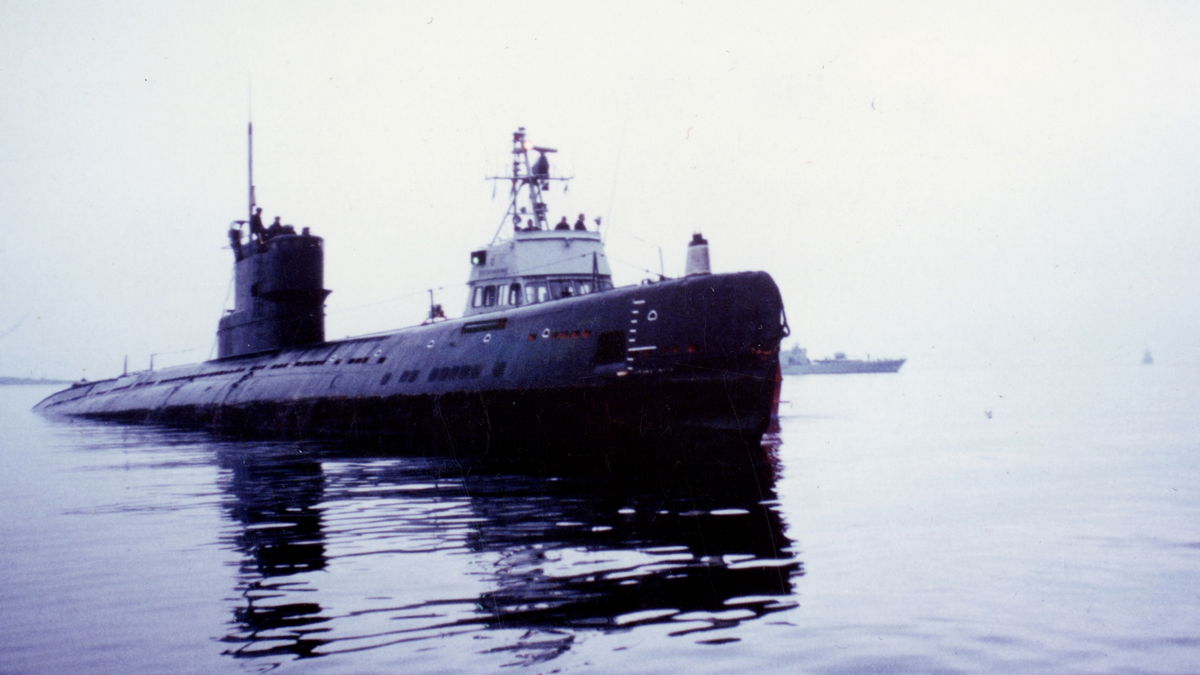This Date With 8: October 27, 1981 — “Whiskey on the rocks”

Phillip Willis
IDAHO FALLS, Idaho (KIFI) — On October 27, 1981, a submarine crash just south of Sweden caused an international incident known as “Whiskey on the rocks”, and this cold one goes down hot.
The Soviet S-363 was a ‘Whiskey-class” submarine, and the crew was top-self according to the submarine’s political officer, Vasily Besedin.
The sneaky submarine was only 10 kilometers from one of Sweden’s largest naval bases when disaster struck. The Soviet sub accidentally struck an underwater stone, got stuck, and was forced to partially surface in Swedish waters. From the Soviet perspective, the situation sucked.
Swedish naval forces swiftly reacted to the shameless breach of sovereignty, sending an unarmed naval officer to board the stagnant submarine. Unsurprisingly, the Soviets, surrounded, let the Swedish officer enter.
According to The Law of the Sea: The European Union and Its Member States, the Swedish officer demanded an explanation from the Soviet captain, who claimed a simultaneous failure of several systems across the sub. This was later contradicted by the Soviet Navy, who stated the boat had been forced into Swedish waters due to severe distress; however, no distress signal had been sent up to that point.
After some guarantees of immunity, the Soviet captain set off into Swedish custody, instructing his crew to scuttle the ship should the Swedes attempt to secure control of the vessel. He was then interrogated in the presence of Soviet representatives.
During this time, the Swedish National Defence Research Institute secretly scoured the sub using spectroscopy from a specially configured Coast Guard boat, and they detected radioactive material that was almost certainly from nuclear weapons on board the Soviet submarine, according to the March 1982 edition of the Bulletin of the Atomic Scientists. So cliché.
As the Soviet captain was interrogated, the weather took a turn for the worse, and the Soviet submarine sent a distress signal across the sea. Two ships from the direction of the Soviet armada were seen off in the distance, coming toward the shore.
The Swedes went to “action stations”, and the Swedish Air Force scrambled strike aircraft. After 20 minutes, it was discovered serendipitously that the two ships were not Soviet, but in fact German merchant ships.
The submarine was stuck on that rock for ten days before it was hauled off of the rocks by Swedish tug ships, and eventually handed over to the Soviet fleet.